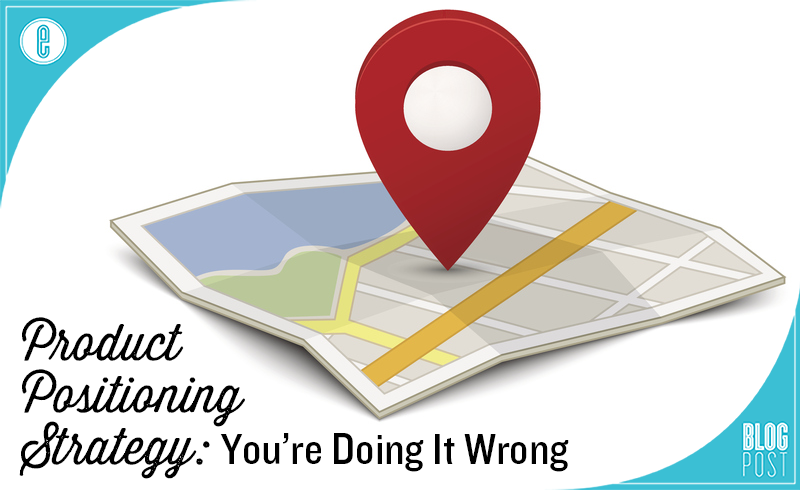
The trickiest part of starting a business is identifying the products and services you would like to sell; the second trickiest is finding out exactly how to sell whatever you’ve chosen.
No one would argue against the idea that marketing is one of the most complicated aspects of running a business; it is, after all, much more of an art than a science. Although there are many different facets of a marketing plan, its ultimate success or failure is predicated on a few key factors with regards to the product, one of which is the overall product positioning. Product positioning is effectively the act of finding out where your product should be sold, and who it should be sold to.
That being said, product positioning is not just about finding a place for your product in the market; if you’re looking at it this way, you may be doing it wrong. It’s also concerned with finding a place for your product in the lives of your consumers. A set of tires may represent comfort and reliability to a parent driving their kids to school, or they may represent action and adrenaline to a sports car enthusiast. One brand of beer may be the go-to beverage for a barbecue, while another may cater exclusively to connoisseurs. This isn’t to say that your product has to be “all things to all people”; conversely, good product positioning is more a demonstration of “a place for everything, and everything in its place”.
The Aspects of Product Positioning
There’s no one criteria for determining where exactly a product is positioned in the market; in truth, the exact positioning is often determined by a number of different factors. These can include:
- Price
- Luxury versus value orientation
- Brand recognition
- Regional affinities
- Demographic trends
- Physical versus digital products
- Availability (now versus the future)
- Endorsements
Positioning can vary from product to product, but it can also vary between markets as well. For instance, in the United States, Pabst Blue Ribbon beer is marketed as an economy lager to young people, whereas in China, it’s seen as something of a premium product.
Product Positioning Examples to Strive For
Product positioning comes in many different forms and fashions. Notable examples include the following.
I’m Lovin’ It
“I’m lovin’ it,” by fast food titan McDonald’s, highlights the widespread familiarity of their products. Whether it’s a hamburger or a fruit parfait, McDonald’s uses this phrase to emphasize the pleasure and comfort that comes with consuming their food.
Think Different
“Think different” was the cornerstone of Apple’s wildly popular ad campaign during the early 2000s. Juxtaposed against photographs of innovators like Einstein and Amelia Earhart, the phrase served to make Apple users and potential new customers feel like they belonged to an exclusive club of forward-thinking outsiders.
Let’s Do This
“Let’s do this” serves as the central tenant of Home Depot’s current marketing efforts. The emphatic, active phrasing of the slogan reinforces the idea that Home Depot offers everything you need in order to get a project done.
Takeaways for Your Product Positioning
In practice, product positioning functions as a tactile execution of your overall brand identity. If your company’s brand is founded on the ideas of reliability and value, your product(s) should accordingly be positioned as ones that get the job done without breaking the bank.
The good news about product positioning is that it’s ultimately a very flexible aspect of your business plan. Companies re-brand and “pivot” their product messaging on a constant basis without having to change the essence of the product itself. As with many aspects of marketing, success is often attended by testing, experimentation, and change.
If you have questions about product positioning, let’s talk. We’re an experienced team of marketers, and we’re ready to help businesses make the most of their product offerings. Call us at (512) 292-1049.
-FINAL(01-00)-White&Blue-01.svg)




